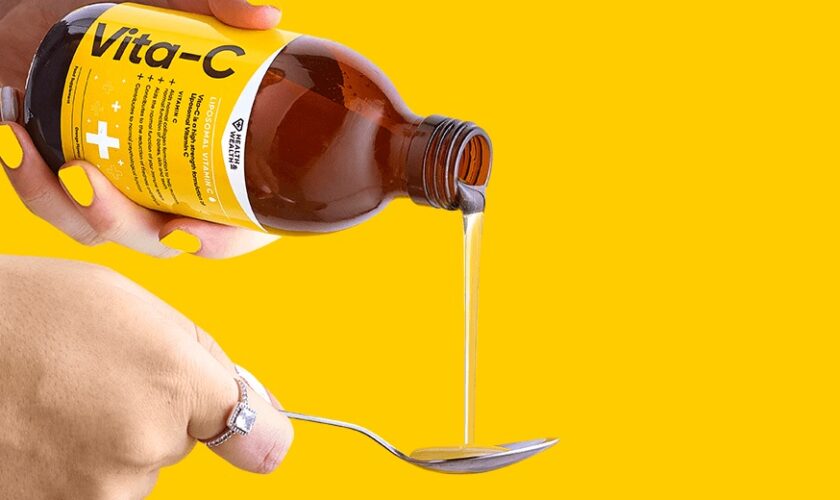When you first start running, it’s easy to find the motivation to hit the road. You’re full of energy and determined not only to lose weight but also stay active for life because it feels so good! However, after sticking with your running plan (or starting a new one) for several weeks/months/years, staying motivated can be difficult. You may even find yourself avoiding your running routine more often than not. But it’s possible to get back on track! Here are 8 ways to help you take control of your motivation and achieve your fitness goals.
1: Set Goals
The running routine you begin should be part of a bigger plan, i.e. losing weight or improving your fitness level. It’s best to set specific goals for each day/week/month rather than just saying you’d like to continue running for the next few months. This will help to keep things interesting and prevent boredom from setting in.
2: Find a Training Partner
Training for an event such as a 5K run is much easier when there’s someone else to keep you accountable and motivate you to rest up between runs, i.e. before the next training session. You could even train for different events so you’ll always have goals to work towards.
3: Use Technology
When you’re running, there’s often no one around to keep you accountable. So, using technology can be a great way to monitor your progress and stay motivated. You could sign up to a website such as MapMyRun which tracks your route and speed so you know how far and fast you’ve run, for example.
4: Dress the Part
If you enjoy shopping, this tip will definitely appeal to you! Treat yourself to some running gear that makes you feel comfortable and confident. For instance, if there are certain colors or styles that make you happy when you look in the mirror, then don’t think twice – just buy it and let it serve as motivation and encouragement to continue running.
5: Give Yourself a Boost
Choosing to take a Pre Workout for Running can help improve your workout and give you that extra energy boost needed to finish a tough run. If you’ve been training for some time, this might be the extra incentive you need to get back on track and make sure you’re still looking after yourself while exercising.
6: Reward Yourself
After getting through each week/month of running with a new personal best, it’s important to give yourself a pat on the back and reward yourself! Whether you choose to take yourself out for drinks or plan a long weekend away, the choice is yours. But realize that doing so will help to motivate you to get back out on the road and keep pushing yourself.
7: Find Running Routines That Work for You
If you’re really struggling to exercise more regularly, it’s important to work out how often you need to run in order to achieve your fitness goals. For instance, if you want to lose weight at a slow pace, running 3 times per week is enough. But if you’d like to compete against friends or sign up for a race, you may need to run 5-6 times per week.
8: Focus on the Goal, Not the Workout
When you’re struggling to run and your motivation levels are really low, it’s important to focus on what you want to achieve rather than how much fun you don’t have when running. Basically, do everything in your power to stay positive that things will get better.



